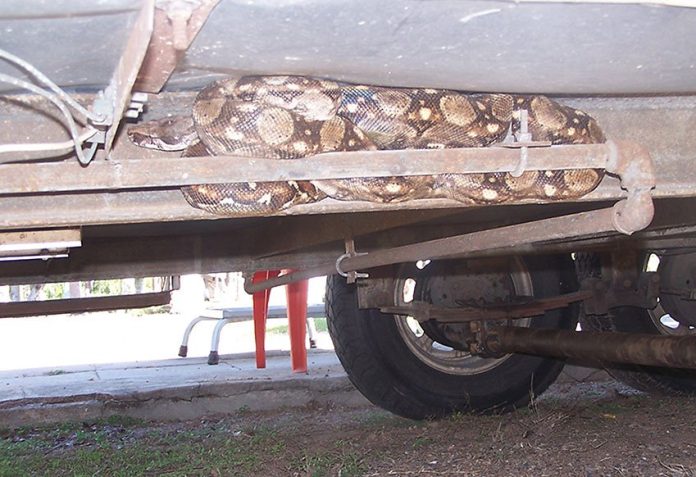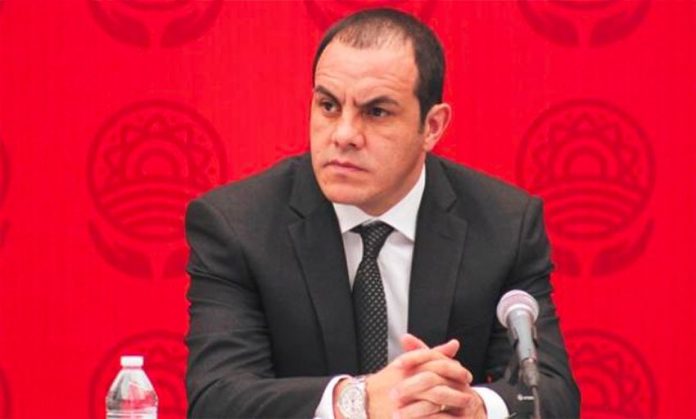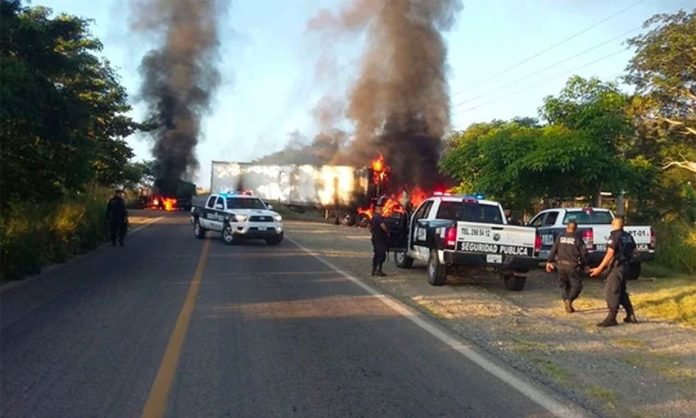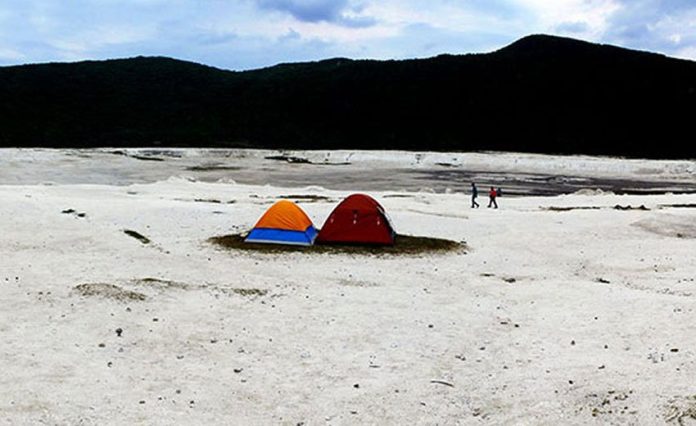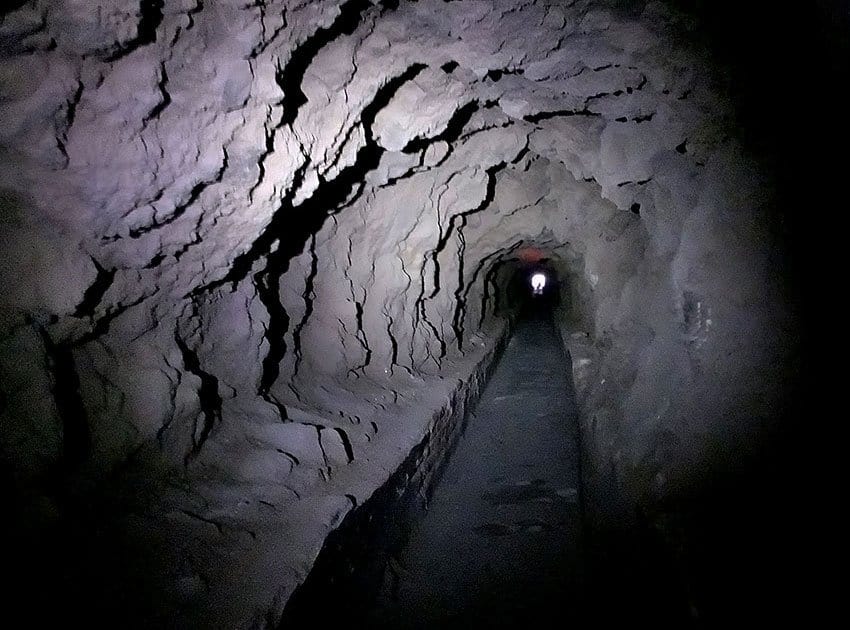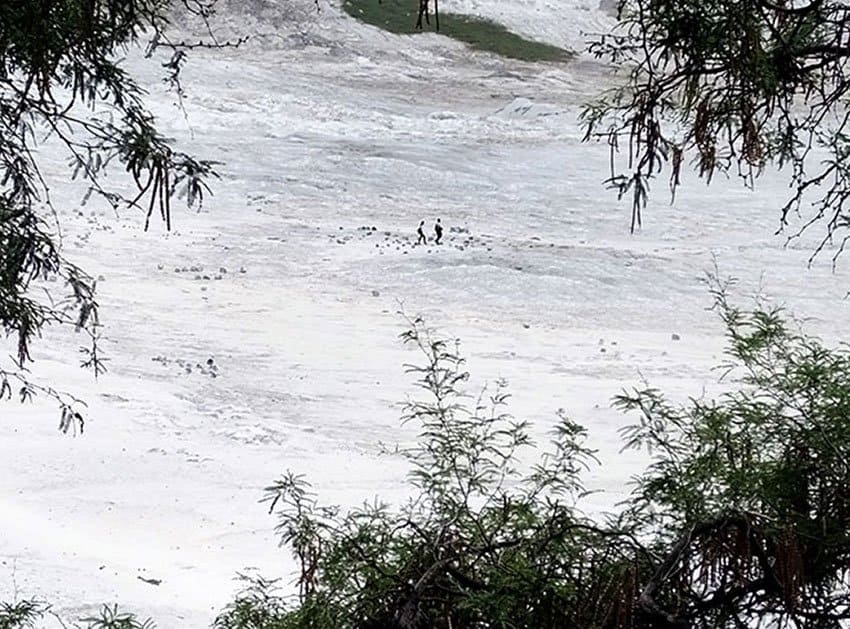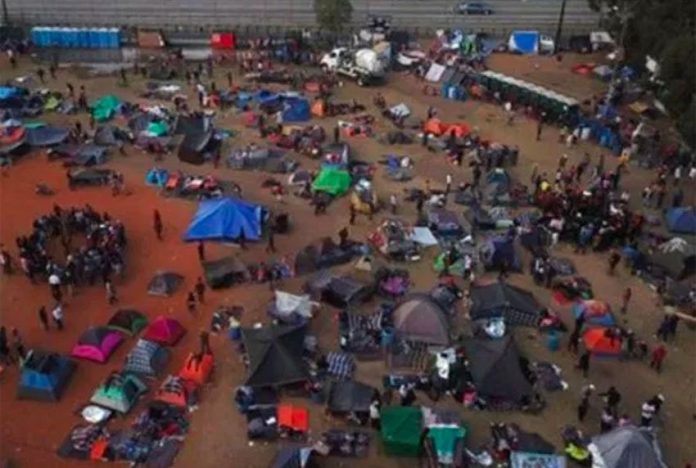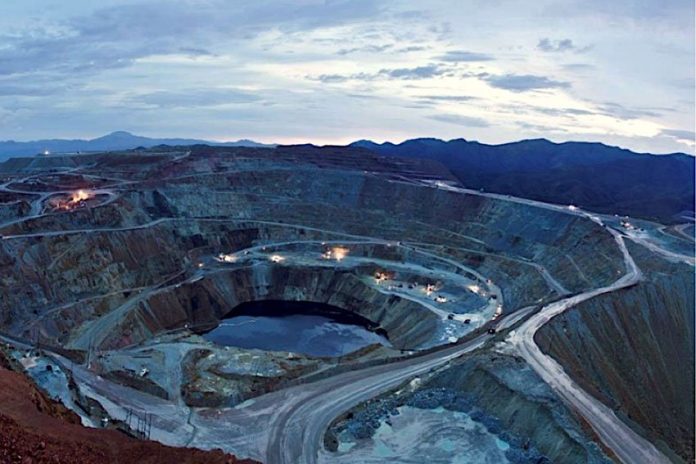Martha Armanta is the founder and president of Conrehabit, a conservation organization that provides wildlife rescue services as well as community outreach programs in the rural areas of southern Sinaloa.
I met Martha in the fall of 2006 and became involved with her wildlife rescue and rehab work. Having worked with animals for most of my life, I was very excited to get the chance to encounter some of the local fauna here.
At the time, I hadn’t given much thought to the size or ferocity of the wildlife on the western flanks of the Sierra Madre, but I would soon learn.
Conrehabit has its rehab facility on two and a half acres of jungle, 20 minutes out of town. There is a casita, a large aviary with individual cages and several wire fenced pens, all to accommodate recuperating birds, mammals and an occasional reptile.
The heavily forested site sits next to a small pond, with some seasonal water fowl, a small population of turtles and several varieties of snakes that hunt in the foliage at the margins. Within my first few moments of being at Martha’s ranchito, I learned that my friend was very afraid of snakes, especially the really big ones.
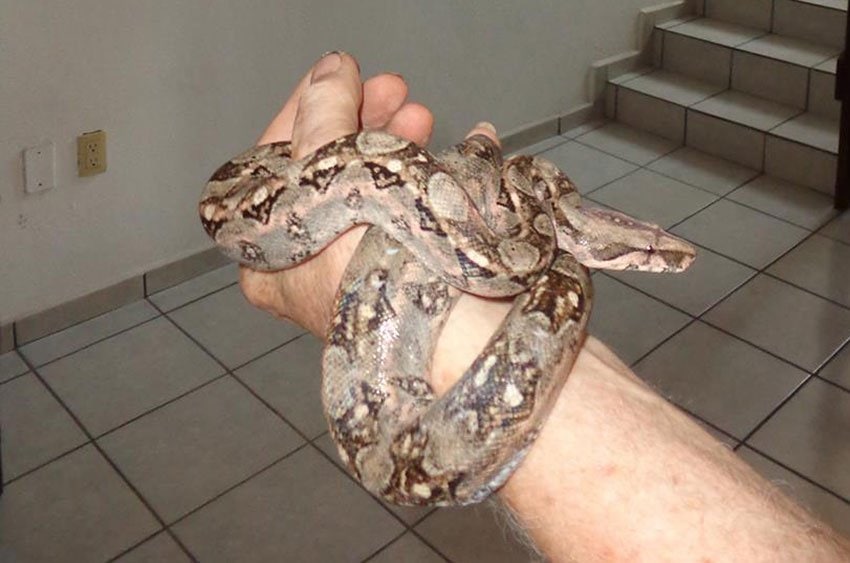
That was not good for her as there were paths between the animal enclosures and to the casita, but everything but the pond was a tangle of trees and brush lashed together with numerous vines, many with thorns. All were hiding snakes.
My first task as a volunteer was to selectively brush and thin the forest in such a way as to make it more open and park-like, while maintaining the native plant diversity. The standard land clearing methods here are either a Caterpillar or backhoe or campesinos with machetes.
After we had undertaken a few weeks’ work with a chainsaw, we could almost see 100 meters in two directions. During this period of sweaty labor, I had hoped to see some type of wildlife other than snakes, spiders, ticks, scorpions and a rather old raccoon that would patiently wait in the shade of the casita for a handout.
But when I got a morning call from Martha about a rescue, I knew my luck had changed. However, when she told me it was a very big snake under an RV at a local park, I wondered in which direction my luck had changed.
When we arrived at the RV park there was a small group of people gathered around the front of a motorhome where the alleged hitchhiker was reportedly hiding. I took a look. Sure enough, there was a very large boa constrictor tightly tucked between a gas line and the vehicle frame.
It became apparent that several of the men wanted to kill it and that the women had protested loudly enough to stall the execution until we arrived. Nonetheless, from the way the onlookers were talking, it seemed that no one thought it would come out either alive or in one piece.

Fortunately, boas are fairly docile and this one looked like it had eaten something recently (perhaps a small yappy dog?) and just wanted to continue its siesta. After about a half-hour of poking and prodding just enough to disturb the snaky slumber, I watched it slowly begin to unfold itself into its full eight-foot length, and reached for it.
I carefully supported the weight of the snake until it was too heavy and a bit awkward, so I looped the middle part over my head to rest on my shoulders while I had the end with the head in my left hand and the trailing three feet in my right hand.
It was about this time I realized the full name of the snake was boa constrictor. While I could feel something unwelcome happening, the boa appeared to be more curious about what was happening than wanting to constrict the neck of its captor.
When Martha and I had earlier set off from her house we had the forethought to bring along a large cardboard box and a roll of silver tape. However, only about two-thirds of the enormously corpulent and solid snake would fit into the box.
It was at that time that Martha quietly informed me she would not ride in the same vehicle with our rescue. I ended up sharing my truck with the inquisitive reptile while I drove it about five miles out of town and several more miles down a dirt road. It seemed reluctant to leave the carpeted floor of my truck, but with a little help, I had the satisfaction of watching it slither off through the dead leaves and tangled vines of the dense jungle.
About a month later, I was driving out to the ranchito with a Canadian friend when we came across another boa sunning itself on a paved road just at the outskirts of town. I hit the brakes, punched the emergency flasher switch and hopped out of my truck. I knew someone would come along and run over it, probably multiple times, if I didn’t rescue this nicely patterned rat snatcher.
I carefully picked it up (it was only a six-footer) and went around to the open passenger’s widow to hand the 15-kilo boa to my friend, only to have him recoil in stunned terror. With both arms stretched out and his hands waving me off, he sputtered, “Oh no! I’m not touching that thing!” I was beginning to think that, for some reason, these gentle jungle reptiles brought out the worst in people.
I went to the other side of the truck, opened the door, and flipped my seat forward to place the boa on the narrow back seat. I hadn’t given any thought about my faithful dog Snickers who was then occupying the space. Snickers was half coyote, and had some of the character traits which might be expected, so I wasn’t sure how she would react to sharing her space with a large reptile.
She retreated to the far corner and gave me one of her withering looks, which indicated she wasn’t happy, but would behave. Of course when the boa caught sight of an obvious predator, it became quite animated and very much wanted to return to the warm road.
By this time a number of cars had come by and several had pulled over to watch some pendejo attempting to stuff a large and uncooperative snake into a truck. About this time, my Canadian friend was laughing so hard he had tears in his eyes, which really didn’t help.
I finally managed to coil the damn thing on the seat opposite the dog, push the seat back and hop in the truck. For the remainder of the drive out the ranchito, both animals had their eyes locked on each other, and both were stock still, like a couple of statues.
When we arrived at the Conrehabit facility, I took the boa to the casita where the various types of animal food were kept. Because of the grains and seeds in the casita, there were rodents, which were an ongoing problem. I knew the resident raccoon was too well fed to go after the pests, but the day’s newest addition to the menagerie would be the perfect rodent abatement solution.
I told the groundskeeper to let Martha know about the boa so she would not go in and freak out. The day on which we installed the slithery reptile was a Friday and I was not back to the ranchito until the following Wednesday when I met Martha at the facility.
I asked her about the boa we put in the casita and she said there was no snake when the groundskeeper opened up on Monday morning. So, she explained, she felt confident coming and going without a trace of her ophiophobia.
Three weeks later, I discovered the boa had been living in the underside of an old overstuffed couch on the back wall of the casita. This was where the groundskeeper would have a siesta in the afternoon. Over that three-week period there had been no new rat holes in any of the feed sacks. The handsome tongue-flicking new tenant had earned his keep.
Nonetheless, given Martha’s fears, I thought it appropriate to undertake a relocation. I carefully removed the snake and installed him in an abandoned armadillo hole at the base of an ebony tree some distance away. For years after we could always find our slithery resident either draped in the tree branches, or curled at the back of its den.
The next edition of Adventures with Martha will chronicle our journey into the Sierra Madre to the village of the jaguar caller, El Bramador.
The writer describes himself as a very middle-aged man who lives full-time in Mazatlán with a captured tourist woman and the ghost of a half wild dog. He can be reached at [email protected].
